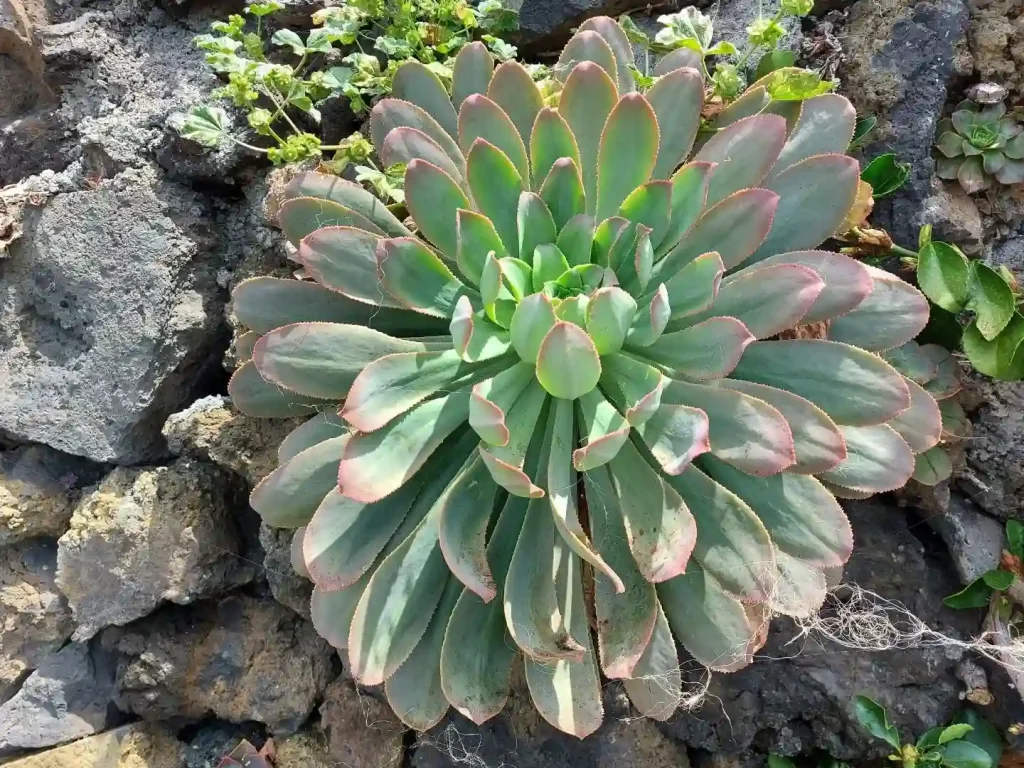
Liatris Punctata: A Blazing Star for Your Garden
Hi, Ferb Vu here. As a plant enthusiast, I frequently come across Liatris punctata, also known as Dotted Blazing Star or Dotted Gayfeather. This vibrant wildflower native to North America has become a popular addition to gardens. Today, I’ll answer some common questions about this striking perennial and explore its unique characteristics.
51 Species in Genus Liatris
What is Liatris Punctata?
Liatris punctata is a flowering perennial belonging to the Asteraceae family, which includes daisies and asters. It’s known for its tall, slender stems topped with dense clusters of rose–lavender flowers. The blooms, which appear in late summer and last until fall, resemble blazing stars, hence the name. The slender leaves have a distinctive speckled appearance, earning it the moniker “Dotted.”
Where Does Liatris Punctata Thrive?
Liatris punctata is a low-maintenance plant that thrives in full sun. It prefers well-drained soils, tolerating dry to slightly moist conditions. Native to prairies and meadows, it adapts well to hot summers and enjoys a good amount of sunlight.
How Tall Does Liatris Punctata Get?
Depending on the variety, Liatris punctata can reach heights of 1 to 2 feet. The most common variety, Liatris punctata var. punctata, typically grows 12 to 24 inches tall.
Is Liatris Punctata Easy to Grow?
Absolutely! Liatris punctata is a gardener’s delight. It’s relatively pest and disease resistant, making it a low-maintenance choice. Once established, it tolerates drought conditions well.
How Do I Care for Liatris Punctata?
Planting Liatris punctata is straightforward. Choose a location with full sun and well-drained soil. Amend the soil if necessary to ensure good drainage. Water regularly during the first growing season, but established plants can tolerate drier conditions. To encourage bushier growth and additional blooms, consider cutting back the plant by half during the summer.
Does Liatris Punctata Spread?
Liatris punctata is not an aggressive spreader. It typically forms clumps that slowly expand over time. You can divide the clumps in early spring to propagate new plants.
What are the Benefits of Planting Liatris Punctata?
There are several reasons to consider Liatris punctata for your garden:
- Beauty: The vibrant flower spikes add a touch of elegance and color to borders, meadows, and rock gardens.
- Pollinator Magnet: Liatris punctata is a haven for butterflies, bees, and hummingbirds.
- Low Maintenance: This drought-tolerant perennial requires minimal care, making it ideal for busy gardeners.
- Native Plant: Planting Liatris punctata supports local ecosystems by attracting native pollinators.
Liatris Punctata vs. Liatris spicata
Liatris spicata, also known as Gayfeather, is another popular species closely related to Liatris punctata. Here’s a quick comparison:
- Height: Liatris spicata can grow taller, reaching up to 4 feet.
- Bloom Color: Liatris spicata comes in a wider range of flower colors, including purple, pink, red, and white.
- Leaf Shape: Liatris spicata has broader leaves compared to the narrower leaves of Liatris punctata.
- Bloom Time: Both species bloom in late summer and fall.
Ultimately, the best choice depends on your preference for flower color, height, and desired effect in your garden.
Conclusion
Liatris punctata is a stunning and low-maintenance perennial that adds beauty and ecological value to your garden. With its vibrant blooms and ability to attract pollinators, it’s a welcome addition to any sunny spot. So, if you’re looking for a low-fuss wildflower that packs a punch, consider planting Liatris punctata.
If i die, water my plants!



